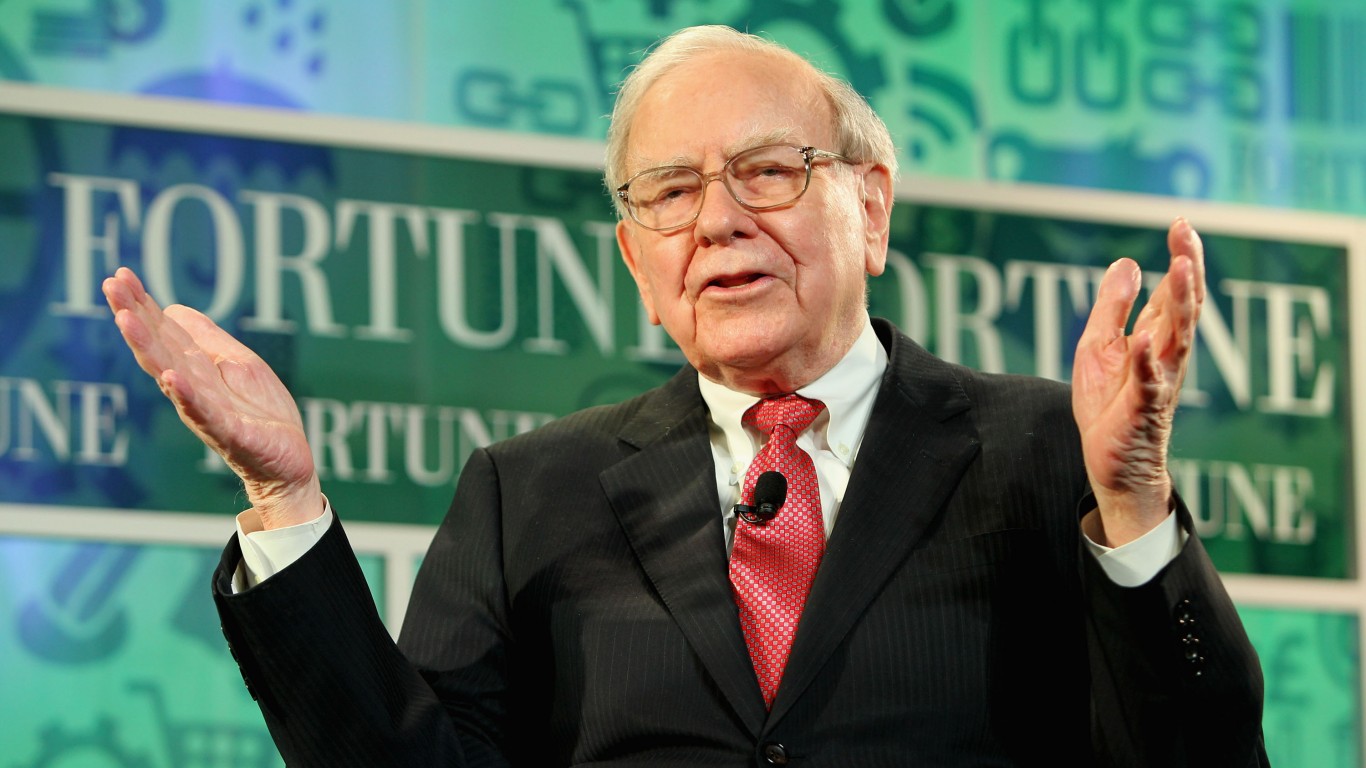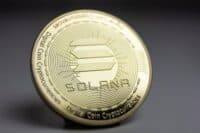
Every year, there is a recurring mantra of “Sell in May and go away!” This is the belief that investors should exit the stock market ahead of summer and not return until the fall. After the bear market panic ended in March, April’s stock market gains were the strongest one-month performance in more than 30 years. Even if investors choose to hold on to all of their stocks, it is important to consider why “Sell in May” matters.
Was it coincidence or fate that set the first trading day of May 2020 with a broad-based stock market sell-off? It is likely impossible to trust seasonal trends every year, but there is some precedent for why so many investors do actually sell in May and go away. In the 2020 recession, the tax season also will come this summer. This is also the weakest economic year in a decade.
Before the coronavirus prompted the COVID-19 pandemic-induced recession, the public was looking forward to summer. The economy was strong, unemployment was low, the stock market was a raging bull and trade between the United States and China was supposed to start picking back up. Then you-know-what hit the fan.
24/7 Wall St. has evaluated several fresh market strategist calls that have come in on May 1, 2020, and in the few prior days. Not all of the investing and economic strategists are touting a “Sell in May” mantra.
Despite the atrocious economic numbers, trillions of dollars of economic stimulus have brought the belief that the economy will recover as it has from all prior recessions. The S&P 500’s gain of about 12.7% in April is impressive enough, after looking at the SPDR S&P 500 ETF Trust (NYSEARCA: SPY). Still, that is dwarfed by the 34% gain that the S&P has seen since the panic-selling lows on March 23, 2020.
The current investing climate is one in which many institutional investors are just as confused as retail investors. It’s not normal for a raging bull market to die and turn into a bear market with a deep recession in less than 45 days. It’s also not normal for an immediate V-bottom in the stock market in which the major indexes recover two-thirds of those sharp losses in a period of about five weeks.
Unemployment’s peak has not even been seen yet, and second-quarter GDP could easily be down 20% or more. The stock market often acts as a forecasting judge for what the economy will be in the months ahead. That said, the so-called efficient-market hypothesis has proven over and over that modeling in all relevant data is just not accurate.
With such a dominance of the top five companies in the S&P 500 having roughly a 20% weighting, it’s imperative to see where the strengths and weaknesses are. Amazon.com, Inc. (NASDAQ: AMZN) was down almost 7% and challenging $2,300 late on Friday. Jeff Bezos may have been positive long term, but it’s expensive to dominate the economy in the COVID-19 recession, even if analysts were overwhelmingly positive ahead of its earnings. Meanwhile, Apple Inc. (NASDAQ: AAPL) slid over the course of the trading day after its earnings report, but the analysts were positive enough that some would think Apple would be a $400 stock had the recession not come along.
Not all strategists looking forward are paying attention to the classic “Sell in May and go away” mantra. There is still a very mixed view for the economy, and it’s still a very active debate over whether the stock market has jumped too far ahead of the economic fundamentals.
In a note to investors on May 1, Canaccord Genuity equity strategist Tony Dwyer cautioned that the recovery may not be as robust as the equity market might indicate. He said:
The equity market appears to be hoping for a sharp “V” shaped recovery on Fed liquidity measures that have supported corporate credit. The US Treasuries, bank lending, and financial conditions suggest that while the economy can likely avoid further free-fall, the recovery is likely to take longer than the equity market believes. In my view, this remains a time to not guess. The Fed has backstopped the worst-case scenario, but it is likely to be a very long road to recovery, which means we don’t need to chase historic rallies. Our plan remains the same – get more offensive as the market pulls back as long as credit maintains its improvement. We don’t look for any pullback “level” but instead focus on the character of credit as weakness unfolds.
Lindsey Bell, chief investment strategist at Ally Invest, has a historic road-map signaling that growth bounces back quickly after recessions run their course. Going back to 1950, Bell showed that gross domestic product has risen an average of 5.1% in the four quarters after a recession has ended and that the U.S. economy has recovered “especially quickly” when the financial system stands firm. As for the stock market, she said:
Stocks could serve as a kind of GPS, acting as early indicators of both dips and climbs. That’s been true so far this time around. Looking forward, the S&P 500 has historically bottomed four and a half months before the next economic expansion started. But stocks can sometimes give bad directions.
Stocks can diverge from economic reality for various reasons. The current disconnect between stock trends and GDP may be because extraordinary policy (fiscal and monetary) measures have bolstered confidence for investors but not consumers. These historical policy actions could help support the economy and ultimately shorten the recession. But eventually roads converge, and markets will need to reconnect with the economic fundamentals.
Bell also noted the uncertainty this time around due to a pandemic rather than due to economic issues alone:
The timing of this recovery is still uncertain. The economy’s response depends on how effectively government officials can open local economies back up without re-igniting the coronavirus outbreak. That leaves significant uncertainty about the future of corporate profitability, which will be necessary for equities to return to old highs. Other markets, like Treasury yields and oil, aren’t buying the optimistic narrative yet. There could be a winding road ahead.
Jeff Hirsch of the Stock Trader’s Almanac addressed the “Sell in May and Go Away” thesis after having originally talked up typical April stock market strength in general. His latest blog post said:
Once again it is that time of the year where we increasingly see and hear “Sell in May.” But when exactly in May is the “best” time to sell? Based upon the last 21 years of data, the best time could be early in May. The month has opened well, on average, recently with strength on the first trading day and on the second trading day for the most part. Afterwards, DJIA, S&P 500, NASDAQ, Russell 1000 and Russell 2000 all tend to drift sideways to lower until around May’s sixteenth trading day or so. It is on this day the NASDAQ and Russell 2000 begin to rally to finish the month. Beware though, this late-May rally typically fizzles before it can exceed the highs reached earlier in the month.
Barron’s has noted its views on the “Sell in May” after a very strong April stock market performance. Kiplinger has published its own 2020 Sell in May outlook as well.
BofA Securities issued a capital market outlook on April 27. What stood out the most in its “portfolio considerations” was this:
We prefer equities over fixed income as valuations in bonds are at extreme levels, and equities are in our rebalancing range in terms of price levels. With Treasury yields still close to historically low levels, oil prices correcting aggressively, and investor sentiment in equities at previous crisis levels, we would continue to have long-term plans ready to re-risk (rebalance) portfolios back to strategic and tactical targets as the bottoming process continues to unfold.
A Refinitiv note on May 1 noted that trends from 275 of the S&P 500 members saw earnings expectations exceeded by 67.6% and missed by 28.7% of members. It also noted:
Analysts anticipate 2020 will experience Y/Y declines in both revenue (-4.5%) and earnings (-20.2%). The first quarter of 2020 is expected to kick off both an earnings and revenue recession that extends through the end of the year with 20Q1 Y/Y earnings to fall 12.7% 20Q2 earnings to drop 37.8%, 20Q3 earnings to slide 21.0%, and 20Q4 earnings to dip 10.4%.
The top five weighted companies within the S&P 500 account for nearly 20% of the index’s weight. All five reported earnings this week. In aggregate, these companies saw 20Q1 Y/Y revenue increase 13.5% and earnings grow 12.7%.
A prior view from Credit Suisse indicated that the stock market should recover handily, but the firm also said that it could take years for the market to go back to its highs.
The notion of “selling in May” is not new. It also should be considered more as a theme than as an absolute rule. Then again, no one ever went broke by locking in profits.
Want to Retire Early? Start Here (Sponsor)
Want retirement to come a few years earlier than you’d planned? Or are you ready to retire now, but want an extra set of eyes on your finances?
Now you can speak with up to 3 financial experts in your area for FREE. By simply clicking here you can begin to match with financial professionals who can help you build your plan to retire early. And the best part? The first conversation with them is free.
Click here to match with up to 3 financial pros who would be excited to help you make financial decisions.
Have questions about retirement or personal finance? Email us at [email protected]!
By emailing your questions to 24/7 Wall St., you agree to have them published anonymously on a673b.bigscoots-temp.com.
By submitting your story, you understand and agree that we may use your story, or versions of it, in all media and platforms, including via third parties.
Thank you for reading! Have some feedback for us?
Contact the 24/7 Wall St. editorial team.



